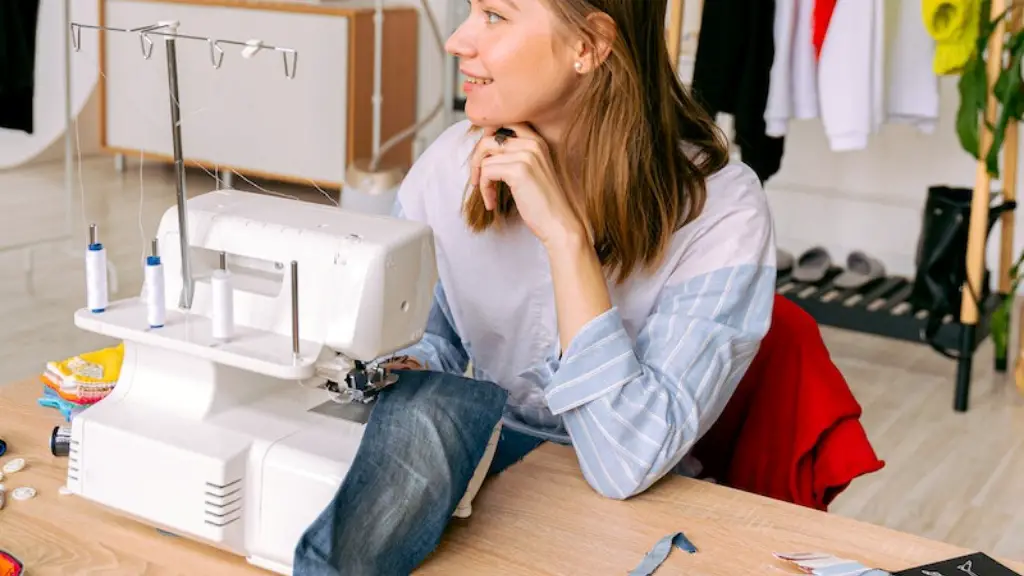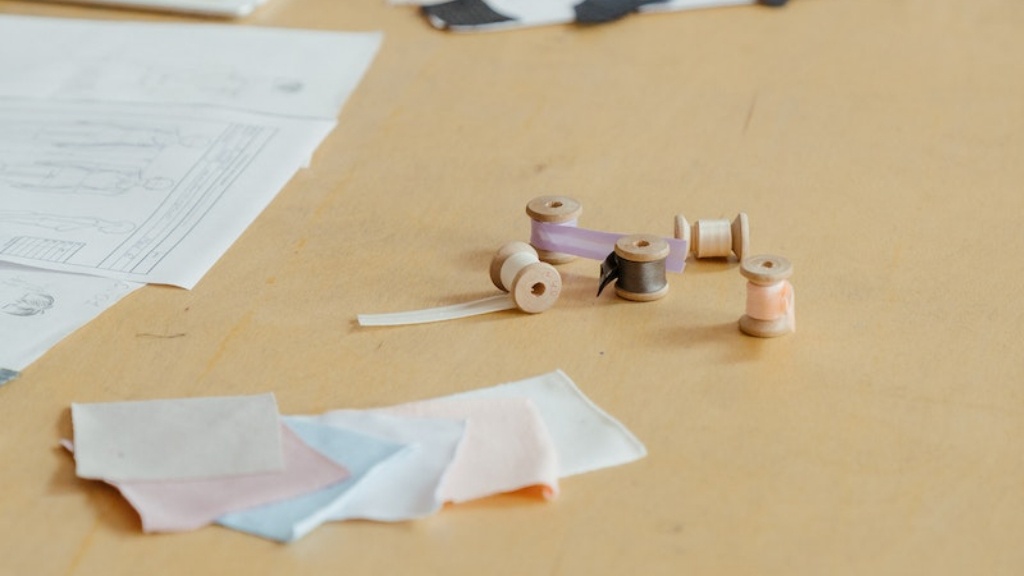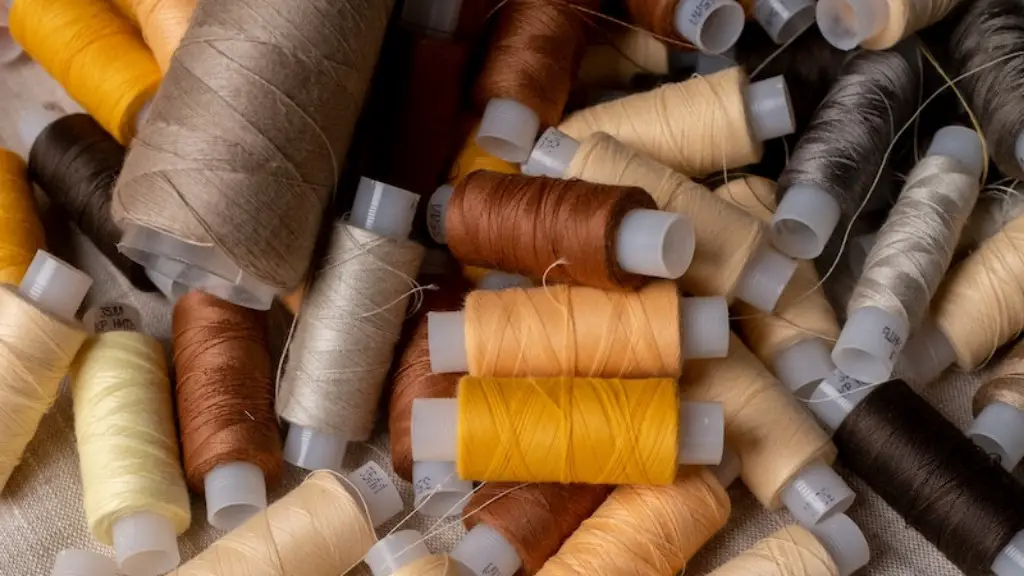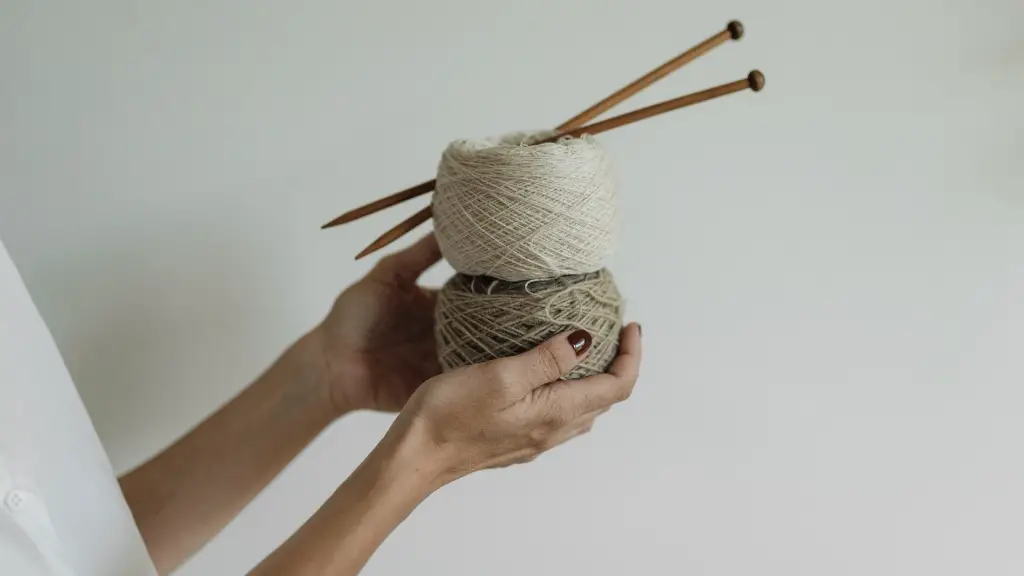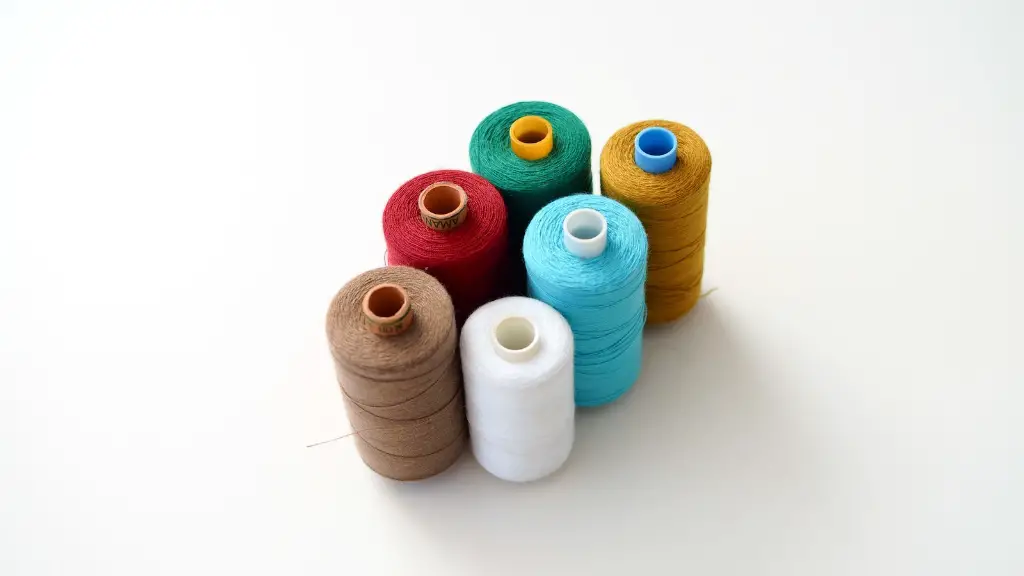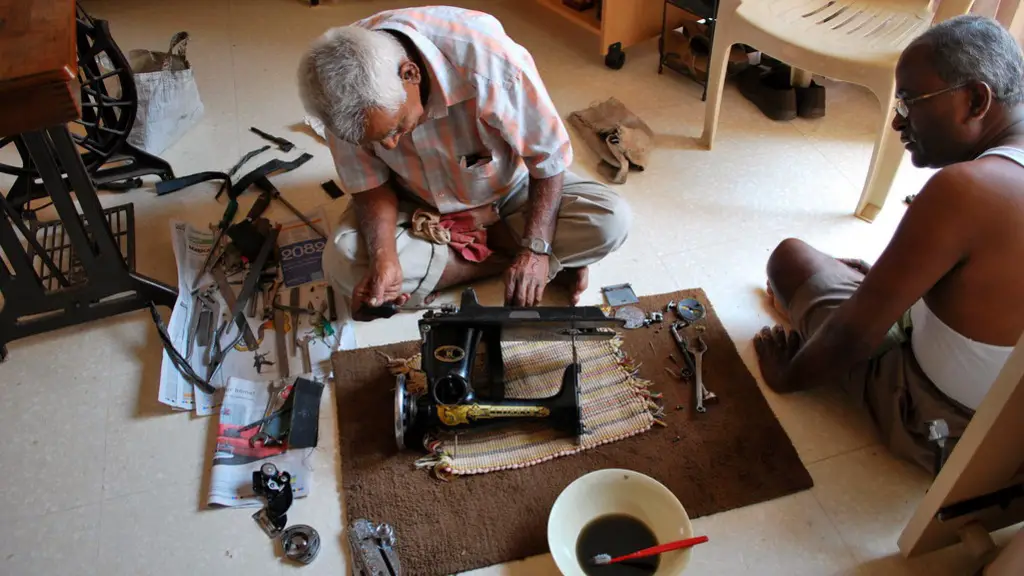Threading The Machine
Kenmore sewing machines are a popular range of semi-automatic home sewing machines. Many people enjoy sewing and creating their own garments or home textiles, and with these machines, they can achieve their goal easily. This guide will take you through the steps on how to thread the machine and begin sewing.
Gather the Necessary Materials
Before beginning the process, you will need some basic materials. Gather a spool of thread, a pair of scissors, and the manual for your Kenmore machine. The manual is vital as it will give you specific instructions on how to operate the machine.
Thread the Bobbin
Your first step will be to thread the bobbin. Take the spool of thread and pass it several times through the tension disk located above the bobbin. Pull the thread under the tension disk to the right and create a loop. Hold the loop and guide the thread through the bobbin, making sure to keep the thread taped to the top of the bobbin. Next, you will need to pass the thread through the slit in the bobbin itself. Finally, wrap the thread around the bobbin in a “clockwise” direction.
Thread the Needle
Once the bobbin is ready, then you can begin to thread the needle. Start from the spool of thread: pull the thread from the spool and guide it over the bobbin tension lever, over the feed dog, and up to the eye of the needle. Be careful not to cross the thread as this will cause problems. Double check that the thread is inside the eye of the needle, and that there is an even balance of thread on both sides.
Adjust the Thread Tension
Adjust the thread tension on your machine by turning the tension knob. Initially, use the settings given in the manual. As you gain experience, you will be able to adjust the settings according to the type of material and thread you are using.
Choose the Stitch
Once the machine is ready, it is time to choose the type of stitch you need. Kenmore sewing machines come with numerous stitch settings, so you can create zig zag, decorative, or straight stitches. Refer to the manual to find out which stitch settings to use with which fabrics.
Test Your Setup
Before you begin your sewing project, it is important to test the setup. This will give you an idea of how the fabric behaves and how the stitches will look. Once you are happy with your setup, you can begin your project.
Operating The Machine
Operating your Kenmore sewing machine is relatively straightforward. Most Kenmore sewing machines have an electronic foot pedal and the speed of the machine is controlled by how hard you press it. Start by pressing the pedal slowly to get used to the speed of your machine.
Set The Speed
The speed of the machine is indicated by a red light located on the front panel of the machine, so you can adjust the speed as you go along. Start by setting the speed to the lowest setting (SLOW). Once you’re comfortable, you can gradually increase the speed to the middle setting (MEDIUM) or the highest setting (FAST).
Check The Hem
When hemming a garment, use the dual zig zag stitch to create a strong and durable hem. This is important as the hem is the foundation of the garment, so it needs to be secure and durable. Also, check the hem regularly to make sure it is straight and even and that all the stitches are of the same length.
Correct Stitches and Seams
To make sure the stitches and seams remain even, it is important to use the machine’s needle down/up button and back stitch option. This will ensure that the stitches are even and the seams are tight and secure.
Conclusion
Ensure that you keep your Kenmore sewing machine clean and lubricated in order to ensure it runs smoothly and lasts for a long time. With the tips provided in this guide, you will be operating your Kenmore sewing machine like a pro in no time!
Maintenance
It is important to take care of your Kenmore sewing machine and keep it in good working order. This will not only guarantee quality sewing, but will also extend the life of the machine.
Keep It Clean
It is important to clean your machines regularly, as this will prevent the build-up of dust and lint within the machine. Make sure to use the correct cleaning tools such as a vacuum and compressor to prevent any damage to the machine.
Lubricate The Machine
Lubrication is an essential part of proper maintenance of your machine. It ensures that the parts move smoothly and prevents any wear and tear. Be sure to use the correct lubricant for your machine and make sure to lubricate it at regular intervals as specified in the manual.
Check The Foot
Check the foot of your machine regularly, as this is the part that is most vulnerable to wear and tear. If you spot any damage, it is best to replace the foot in order to prevent any further damage to the machine.
Replace The Needle
The needle of a machine is like its heart and needs to be replaced regularly. This will ensure that the threads are pulled through the fabric easily and that the stitches are even and secure. Always make sure to use the correct needle for the fabric you are working with.
Common Problems
Familiarising yourself with potential problems that may occur will enable you to avoid them in the future.
Thread Bunching
Thread bunching is when the thread becomes tangled beneath the fabric. This is usually caused by a combination of too much thread and incorrect tension. Make sure to refer to the manual of your machine in order to achieve the correct tension.
Skipped Stitches
Skipped stitches are usually caused by the incorrect type of needle being used. Ensure that you are using the correct type of needle for the fabric you are working with, as this will prevent skipped stitches. You can also prevent skipped stitches by regularly cleaning and lubricating your machine.
Thread Knots
Thread knots can form when the upper and lower threads are not pulled up equally. Make sure to secure the ends of the thread after every completed stitch. This will prevent any knotting.
Seams Not Laying Flat
This is usually caused by incorrect tension. Check the tension settings and ensure that the thread is correctly passed through the needle and bobbin (see the instructions above). If this does not solve the problem, try slowing down the speed of the machine.
Troubleshooting
When a problem arises with your Kenmore sewing machine, it is best to troubleshoot the issue first.
Check Your Threading
If you encounter an issue, it is best to start by checking the threading of your machine. Make sure to follow the steps outlined above and check that the threads are passing through the correct holes.
Check Your Manual
Your Kenmore manual can be a great help when it comes to troubleshooting. Refer to the manual for hints and tips on solving any issue you may encounter with your machine.
Contact A Professional
If you are still having trouble with your machine, you should contact a professional repairman. This will ensure that any potential problems are fixed quickly and efficiently, so you can get back to your projects.
Follow Good Practice
It is important to always follow good practice when working on a sewing machine. Make sure to clean and lubricate regularly, and to use the appropriate thread tension for the type of material you are working with. Following these steps will help your machine to run smoothly.
Conclusion
By following the steps in this guide, you will soon be operating your Kenmore sewing machine like a pro. Make sure to keep it clean, lubricated and maintained, and always use the correct type of needle and thread tension. By doing so, you will be able to create quality garments and home textiles.
